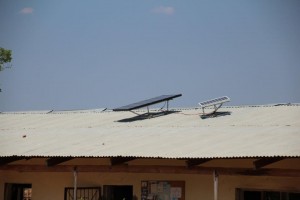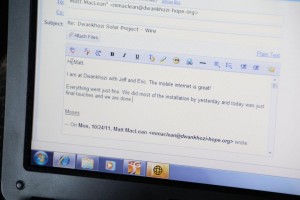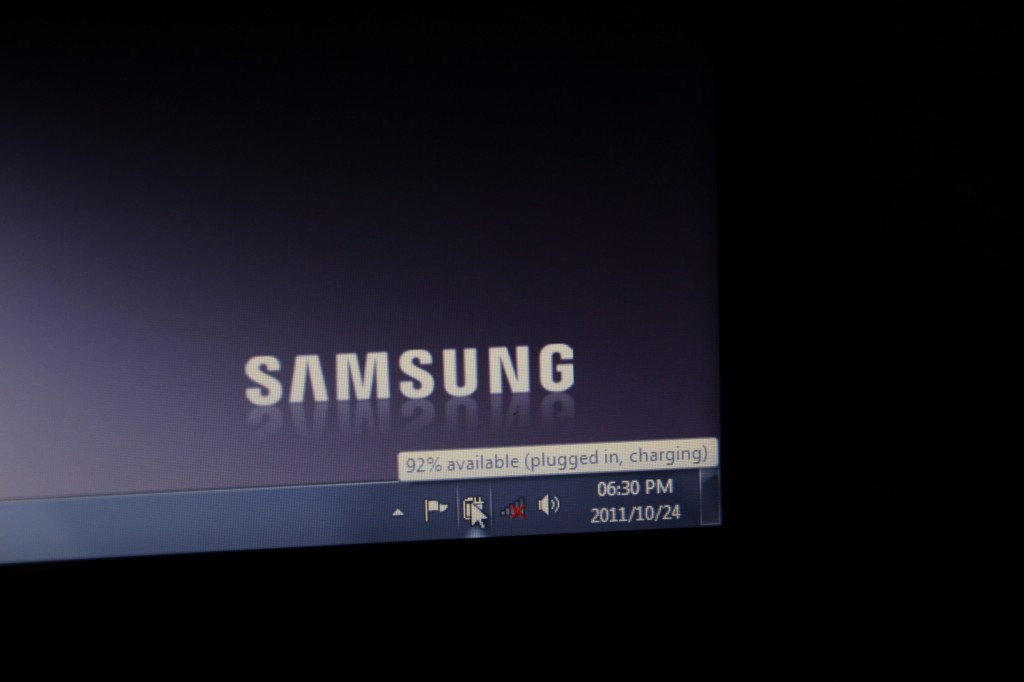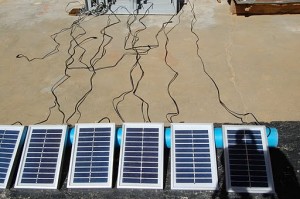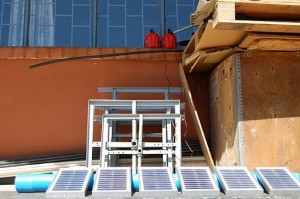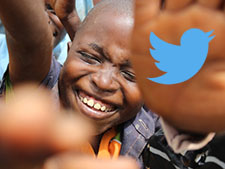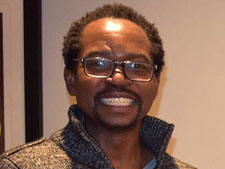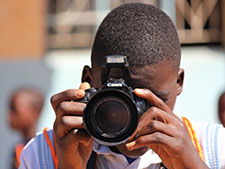It’s such a gift when a person or group comes along and wants to help amplify your message. Yet another case in point … Lantern Projects, a non-profit that raises money for small projects around the world, has taken us on as one of their projects! Specifically, they are helping to raise the funds for us to bring 600 bed nets for malaria prevention to the school. Check it out! https://www.lanternprojects.org/index.htm


